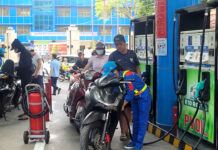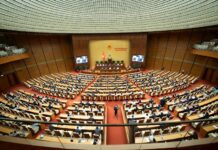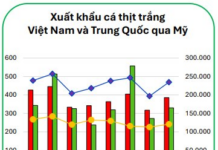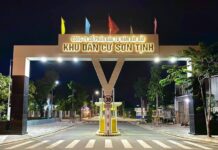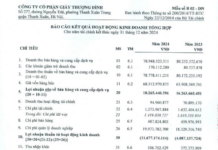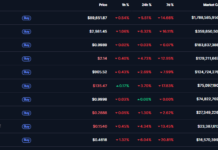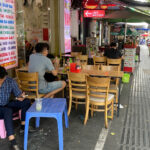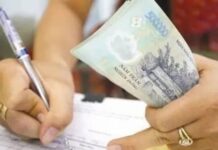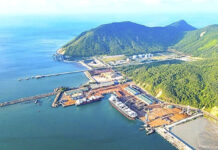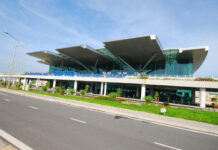Ho Chi Minh City’s Metro Network Expansion: Embracing New Frontiers
The Ho Chi Minh City Urban Railway Management Authority (MAUR) has revealed that following the expansion of the city’s administrative boundaries, the municipal People’s Committee has directed the Department of Construction to collaborate with relevant sectors to urgently review the metro network planning in line with a new vision and scale. A key priority is to ensure connectivity between Ho Chi Minh City and the former provinces of Binh Duong and Ba Ria-Vung Tau. This initiative is currently being organized and implemented.
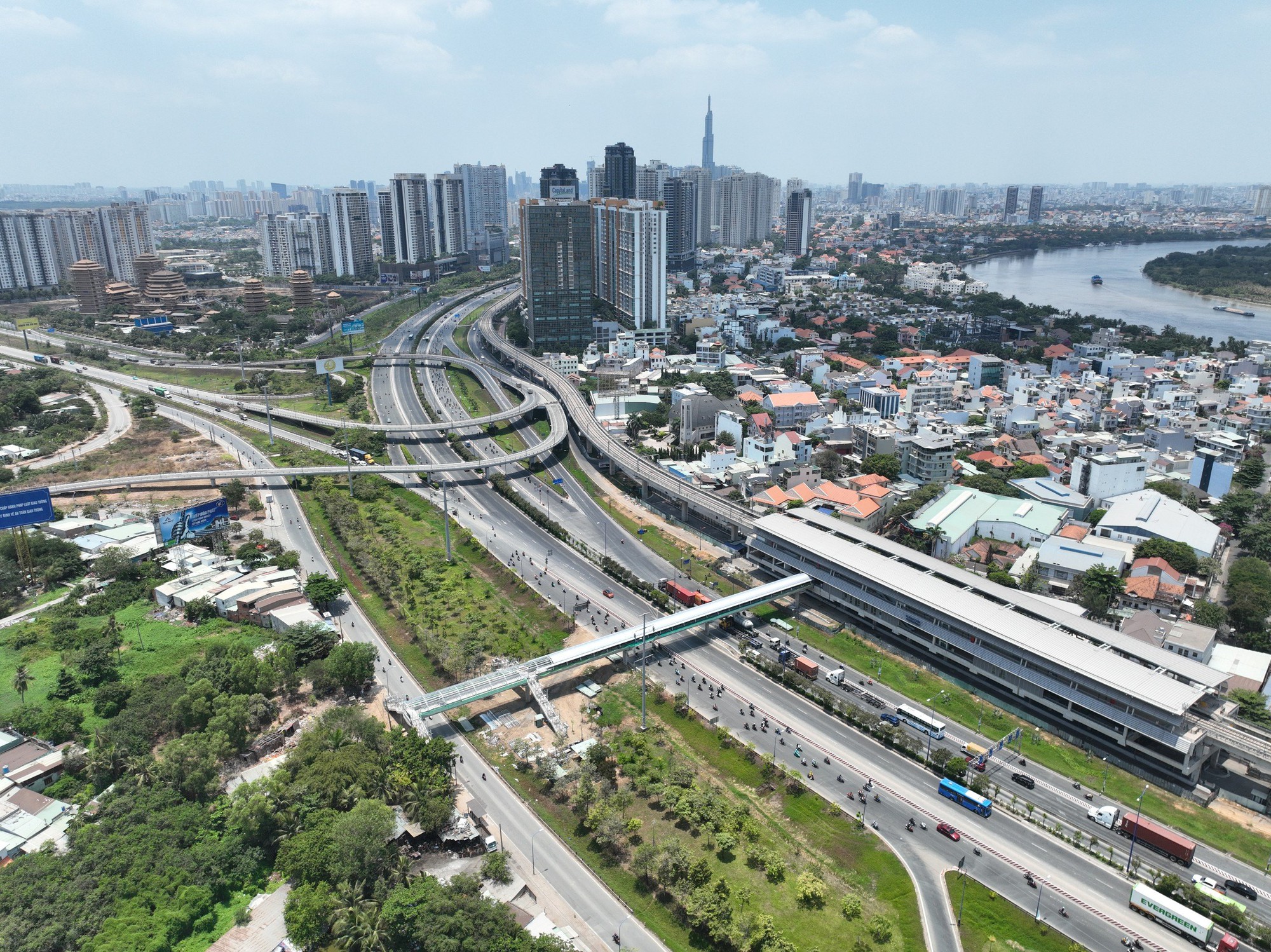
A Grand Vision: A Metro Network Spanning Over 1,000 Kilometers
According to National Assembly Resolution 188/2025/QH15, issued on February 19, 2025, Ho Chi Minh City (prior to the expansion) was projected to require approximately $40.2 billion to complete 7 metro lines, totaling a length of 355 kilometers. However, with the integration of the new administrative areas, the city’s metro network has now expanded to a massive scale of over 1,000 kilometers. The most significant challenge lies in securing sufficient capital for this ambitious undertaking.
In addition to financial constraints, the city also faces other hurdles, including human resource development, promotion of the railway industry, and compensation, support, and resettlement for land clearance. Given the enormity of the task, city leaders have tasked relevant authorities with researching suitable organizational models for investment, management, operation, and exploitation of the metro system.
Diverse Funding Options for Metro Development
Regarding financial strategies, Resolution 188/2025/QH15 and the Railway Law, enacted on June 27, 2025, outline multiple channels for metro funding. These include central budget allocations, local budgets, ODA, preferential foreign loans, local government bond issuance, and revenue from TOD area development. The city also encourages private sector participation through direct investment or public-private partnerships (PPP).
MAUR assesses that the development of metro systems in Hanoi and Ho Chi Minh City has garnered special attention from the Politburo, National Assembly, and Government. The new mechanisms and policies have materialized numerous solutions, including streamlined investment procedures, diversified capital mobilization and allocation, railway industry development, technology transfer, human resource training, and urban development following the TOD model, accompanied by policies on materials and waste disposal sites.
Furthermore, the Politburo’s Resolution 68-NQ/TW, issued on May 4, 2025, on private economic development, broadens the participation of enterprises and introduces incentive mechanisms for the private sector to collaborate with the state in metro projects.
Ho Chi Minh City Embarks on Two Metro Lines Connecting to Former Binh Duong Province
The Ho Chi Minh City People’s Committee has assigned MAUR as the investor for two metro lines linking the city with the former Binh Duong province. Specifically, the extended Line 1 will run from Binh Duong New City to Suoi Tien in Ho Chi Minh City, while Line 2 will connect Thu Dau Mot City to Ho Chi Minh City.
MAUR is responsible for preparing the feasibility report, undergoing appraisal and approval, and formulating a detailed implementation plan for each phase, with regular reporting to ensure adherence to goals, schedules, and investment efficiency.
The Department of Construction is tasked with reviewing and adjusting relevant planning, especially for urban areas developing under the TOD model, and providing guidance on procedure completion. The Department of Agriculture and Rural Development is in charge of inspecting and advising on land fund exploitation schemes along the routes.
Preliminary estimates place the total investment for these two lines at VND 100,000 billion. Line 1, spanning 29 kilometers with 17 elevated stations, will share the Long Binh depot, with a cost of VND 46,725 billion. Line 2, nearly 22 kilometers in length with 13 stations, will share the depot of Line 3, with a total investment of around VND 53,000 billion.
The Ho Chi Minh City People’s Committee has instructed relevant units to promptly report any difficulties or obstacles to ensure timely resolution and maintain the project’s progress.
The Ultimate Showdown: Unveiling the An Phu Interchange Project
Facing the risk of delays that could extend until the end of 2026, the People’s Committee of Ho Chi Minh City has instructed the investor of the An Phu intersection project to complete and commission the construction before December 31 this year, as per the original schedule, with a resolute commitment to avoiding any further postponements.
Maximizing Public Space Revenue: Ho Chi Minh City Collects Over $360,000 from Sidewalk Vendors, Initiates New Resolution
The Ho Chi Minh City Department of Construction has announced that over 8.5 billion VND has been generated from the temporary use of roads and sidewalks. The department is now proposing a new resolution that aligns with legal regulations.
When will Ho Chi Minh City bid farewell to gasoline-powered delivery motorcycles?
“According to Mr. Le Thanh Hai, Director of the Application Consulting Center, the plan to transition two-wheeled vehicles from gasoline to electric power by January 1, 2029, includes a policy to prohibit the use of gasoline-powered two-wheelers for transportation and delivery services across all platforms.”
The Secret Revenue Stream Propelling Ho Chi Minh City to ‘Superstar’ Status
“Ho Chi Minh City’s merger with provinces boasting robust budgets and substantial revenue streams from real estate, coupled with a stable foundation of tax and import-export activities, has catalyzed its economic explosion. These factors have propelled the city to surpass Hanoi and claim the top spot in the country for budget revenue during the first seven months of this year.”


